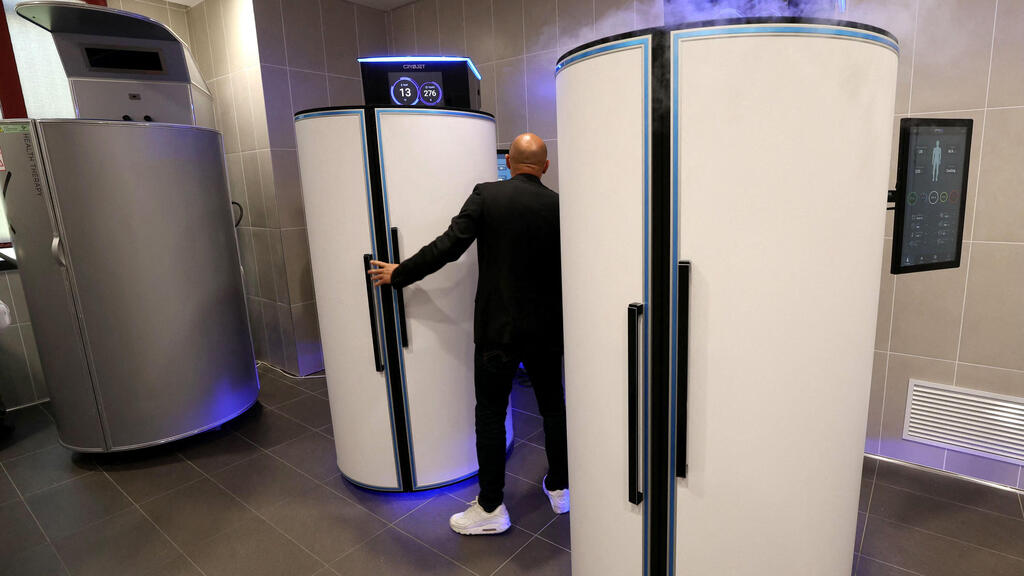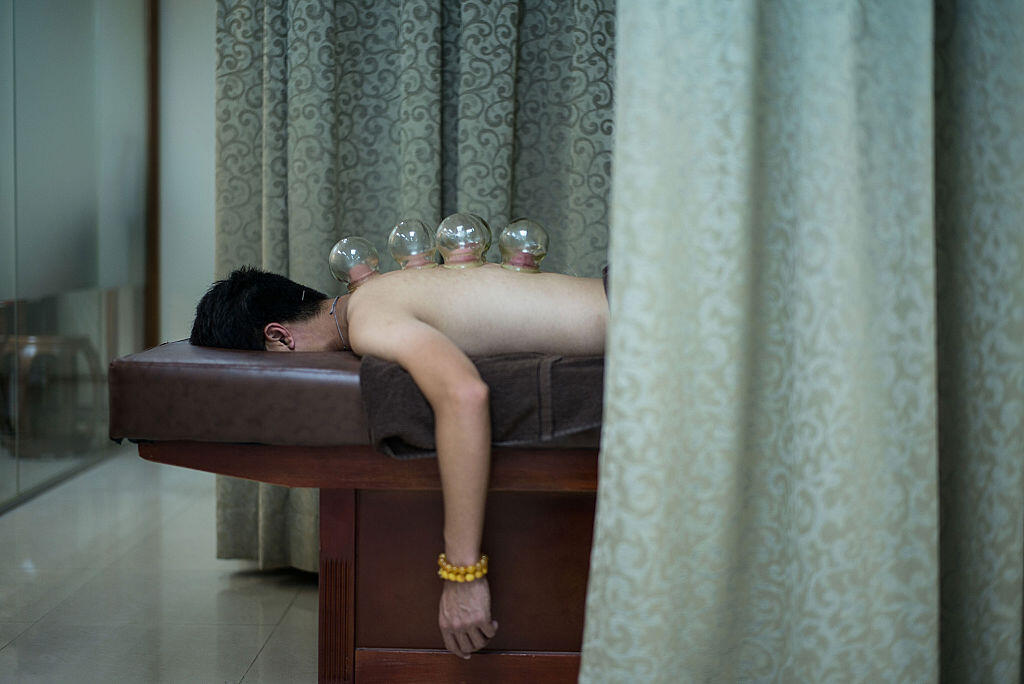The 2016 Olympic Games in Rio caught the audience off guard in one notable aspect: cupping therapy. The large brown circles on the swimmers’ bodies were mysterious, initially speculated as an injury or some kind of marking until the ancient therapeutic method emerged as a prominent medical trend among athletes in Brazil. Eight years later, participants continue to seek the best way for quick recovery and body maintenance, introducing new therapeutic fads in Paris.
It’s a never-ending race as careers are longer than before in almost all fields. Alongside precise training in terms of the athlete's adaptation and effort level — increasing development of personalized medicine — the advancement also lies in immediate and long-term recovery, providing an ideal solution to physical challenges that helps in overcoming pain, recovering quickly, and avoiding injuries.
This is a broad field that also spills over into alternative medicine realms, which don’t always have consensus regarding their effectiveness and are labeled as pseudo-science.
Cupping therapy, for example, is a millennia-old invention attributed to several ancient cultures. The cups create a vacuum that sucks the skin (making the marks visible after the treatment), which improves blood circulation and treats muscle and tendon pain.
Michael Phelps gave the treatment global legitimacy in Rio, explaining how much it helps him with his shoulders. Thus, on the first day he competed, Google saw a 2,100% increase in searches for the phrase "circles on Michael Phelps," and the Wikipedia page on the treatment set a record viewing number.
The issue is many scientists still view the method skeptically, claiming there isn't enough evidence for its benefits. However, athletes aren’t drawn to the mystical attributes ascribed to it, like "energy flow," but to the feeling they get after a treatment. Even without absolute scientific backing, users find it to be beneficial.
Some remain loyal to cupping therapy in Paris as well, but the real modern hit is cryotherapy. Ice baths aren’t new and are common among athletes in all fields. Their advantage lies both in the immediate effect — soaking in ice for about 15 minutes after training reduces swelling and speeds up recovery — and in the long-term perspective, as it reduces the risk of injuries.
Barcelona, which studied the subject, claimed the treatment also bolstered the immune system and improves mental health due to the concentration required to cope with the cold and the release of endorphins in the brain. The rise in its popularity is measurable: sporting delegations requested a total of 16,000 tons of ice from the organizers, 10 times more than in Tokyo.
The more advanced and popular method seen today is cryotherapy chambers. Once, in the days of Usain Bolt who claimed the treatment helped him cope with a back injury, the technique looked different and less futuristic.
It was invented in the 1970s as a method to cope with arthritis and other inflammations, without sports in mind, but over the years tennis players, soccer players and contact sports competitors discovered its benefits.
Today, cryotherapy is at the pinnacle of technology, with a thermometer displaying how low some are willing to go — below -100°C (-148°F), a temperature created via liquid nitrogen. The body goes into shock from the cold blast, draining lactic acid from sore muscles, and with the dilation of blood vessels upon exiting the chamber, the muscles enjoy an oxygen-rich blood flow. Famous cryotherapy enthusiasts include LeBron James and Andy Murray.
A facility with such cryogenic chambers exists in the Olympic Village in Paris, and is in high demand. According to experts, their advantage over ice baths lies in temperature control. Their risk comes from the fact one needs to be particularly cautious, as improper treatment can lead to frostbite and other health complications.
3 View gallery


Cryotherapy fan? LeBron James
(Photo: Ethan Miller / GETTY IMAGES NORTH AMERICA / AFP)
Another alternative therapy popular in Paris is osteopathy, which involves manual manipulation of bones and muscles. It has no special equipment but rather through trust in the therapist who is supposed to relieve back and muscle pain and improve mobility.
Although the method is more often associated with alternative medicine, the Olympic Games demonstrate how established it has become in the sports world: according to AFP, many countries have included osteopaths in their delegations, and they’re an integral part of the medical team. The scientific community once against says the proven value of these treatments is minimal to nonexistent.
According to experts, research conducted on the subject found that most osteopathic maneuvers don’t benefit the patient at all, and those that do are very similar in benefit to standard physiotherapy. In both cases, the therapist works with their hands, but in osteopathy, it’s necessary to press on different pressure points, act more gently, and treat the body rather than the affected area specifically.
Pascale Mathieu, president of France's Council of Physiotherapists told AFP, "Osteopaths offer athletes a feeling of well-being without curative properties. I’m not too worried about osteopathy being given a showcase at the Olympics. What I'm really fighting for is to prevent osteopathy from entering hospitals."
In essence, the debate and its conclusions are at the heart of the matter: Western medicine is skeptical about what research hasn’t proven, while alternative medicine offers additional ways to overcome pain, essentially providing another competitive advantage. We can argue about research results, but we can’t do the same with athletes’ testimonies.




